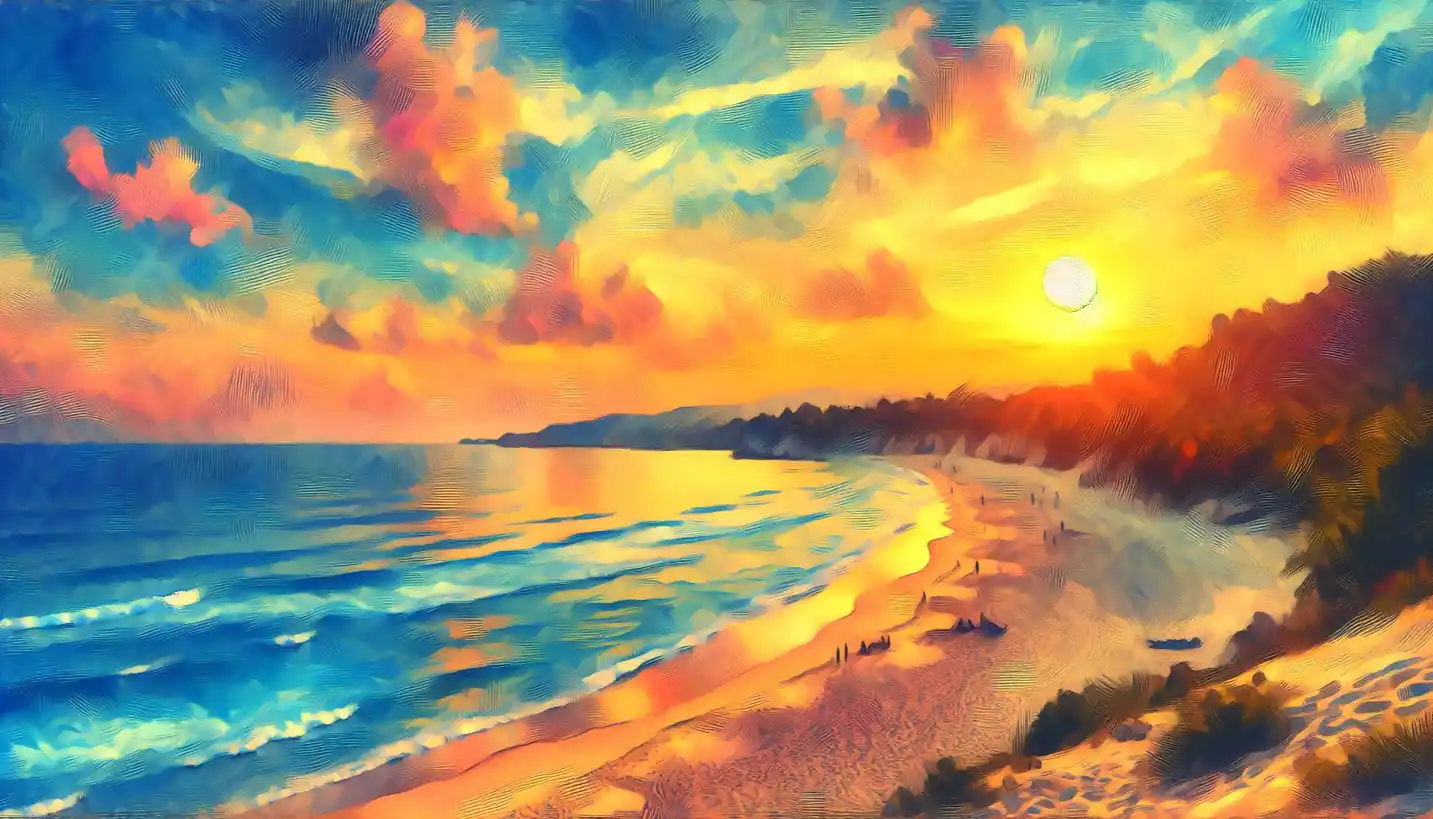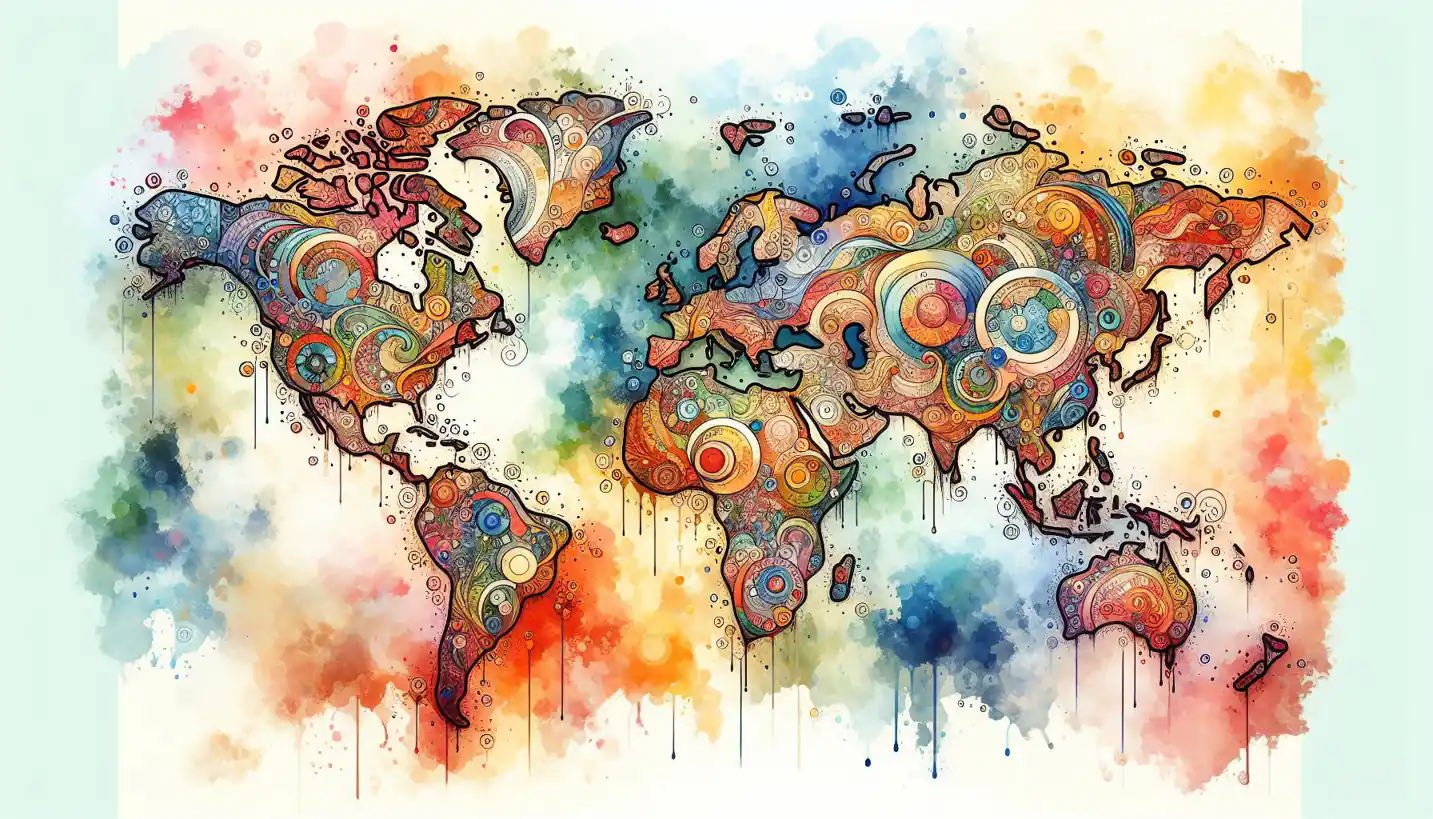· Art · 5 min read
En Plein Air: Exploring the World of Outdoor Painting
En Plein Air: Exploring the World of Outdoor Painting | Discover the joys of en plein air painting, capturing landscapes in their natural light. It's art inspired by nature's beauty.

When you think about painting, you might picture an artist in a cozy studio. But have you ever imagined them outside, capturing the light, colors, and essence of the natural world? That’s what “en plein air” painting is all about. This fancy term, which means “in the open air” in French, refers to the practice of painting outdoors. Let’s dive into the vibrant world of en plein air painting and see why it’s a captivating art form.
Open spaces bring a certain magic to painting that you can’t quite replicate indoors. The concept of en plein air gained ground in the 19th century, notably with the Impressionists. These artists wanted to capture fleeting moments of light and atmosphere, something that changes continuously outdoors. Imagine trying to paint the shifting colors of a sunset or the dance of light and shadow on a field. En plein air artists rise to this challenge, bringing their canvases out into the world to paint what they see directly before them.
One of the biggest reasons artists love painting en plein air is the fresh perspective it offers. Working outside, surrounded by nature, provides an ever-changing feast for the senses. The light changes, the weather shifts, and the scenery around them evolves, offering endless inspiration. This way, artists find themselves painting not just what they see, but also what they feel at a particular moment in time. It’s like creating a snapshot of their experiences through brush and paint.
Painting outdoors also encourages artists to work more quickly and intuitively. They often rely on smaller canvases and a limited palette of colors to capture the essence of a scene before the light changes too much. This sense of urgency can lead to looser, more dynamic brushstrokes and a vibrant interplay of colors. It’s about capturing the mood rather than every tiny detail. And isn’t that what makes art so mesmerizing?
The materials used in en plein air painting can be quite different from studio work. Artists often carry portable easels, lightweight canvases, and compact paint sets. Watercolors, oils, and pastels are popular mediums due to their versatility and ease of use in an outdoor setting. It’s fascinating to think about the ingenuity behind these tools, designed to withstand the elements and make outdoor painting not only possible but practical.
Now, you might wonder why this method was so revolutionary. Before the 19th century, studios ruled the art world. Paintings were often meticulously planned and executed indoors. But the advent of paint in tubes, invented in the mid-1800s, allowed artists the freedom to carry their materials and paint anywhere. This breakthrough in art materials sparked a movement that encouraged artists to leave the confines of their studios and explore the world.
Imagine the experience of painting a coastal sunset. The wind might be gently tussling the artist’s hair, the sound of the waves providing a soothing soundtrack. As the sun dips below the horizon, hues of orange, pink, and purple blend into the sky. Capturing these transient moments is at the heart of en plein air painting. It’s about being in tune with nature, capturing its rhythms and moods.
One of the key elements that en plein air artists strive to capture is the quality of light. Natural light is dynamic and constantly changing, offering a great challenge and opportunity. Morning light, with its soft, cool tones, is entirely different from the warm, golden hues of late afternoon. By painting outdoors, artists learn to observe how these lighting changes affect the colors and shadows of their subject, enriching their understanding and depiction of the natural world.
Famous en plein air painters like Claude Monet and Camille Pissarro revolutionized the use of light in their work. Monet, in particular, is known for painting the same scene multiple times under different lighting conditions, exploring how various times of day and weather could change a landscape’s mood and appearance. His series of paintings, including those of haystacks and the Rouen Cathedral, are iconic examples of the deep connection between light and subject matter in en plein air painting.
But en plein air isn’t just a technique from the past; it’s very much alive and thriving today. Artists continue to take their easels into the wild, drawn by the same allure of nature that captivated painters centuries ago. From bustling cityscapes to serene rural vistas, there’s an endless array of subjects waiting to be captured by a dedicated artist.
En plein air painting also brings people together. Many artists participate in outdoor painting events and festivals where they can share their experiences, learn from each other, and exhibit their work. These gatherings provide an incredible avenue for inspiration and camaraderie, fostering a community united by a love for both art and nature.
Embracing en plein air painting can also transform how we see the world. This art form invites us to pause, look closer, and appreciate the fleeting beauty around us. In today’s fast-paced world, taking the time to engage deeply with nature through art can be a profoundly grounding experience, reminding us of the intricate connections between our lives and the environment.
So next time you see an artist with their easel set up in a park, on a beach, or at the edge of a forest, take a moment to pause and appreciate what they’re doing. They’re capturing more than just a scene—they’re bottling a moment in time, filled with all its sensations and emotions, in brushstrokes and pigments.
En plein air painting is more than merely an art technique; it’s a dialogue between the artist and the ever-changing world around them. Through their eyes, we gain a new appreciation for the world’s beauty, captured one brushstroke at a time.



